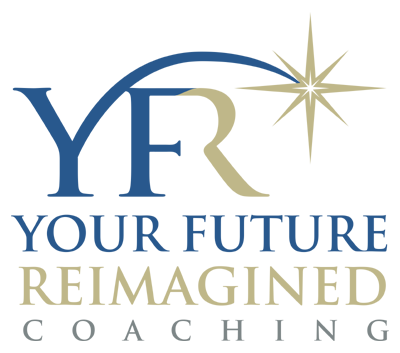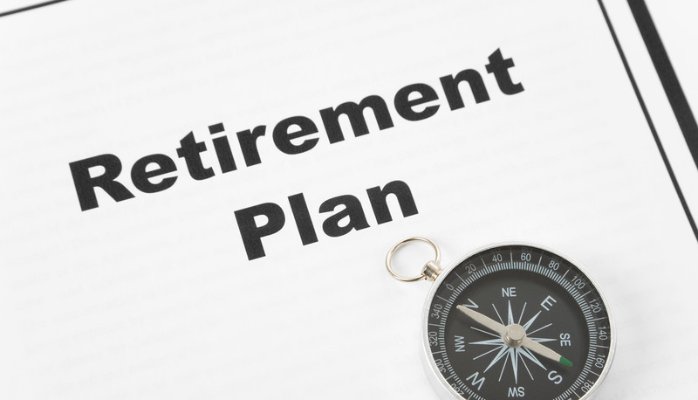This tool was initially developed and used as a team exercise at the end of software development cycles. It could be also thought of as a “lessons learned” meeting. I have modified it slightly in order for individuals to use at the start of their retirement planning process. It is proving to be a terrific first step for clients to fully imagine their successful transition to an engaging and enriching retirement.
Start by making five columns on a sheet of paper with the following headings:
- Keep Doing
- Do Less Of
- Do More Of
- Stop Doing
- Start Doing

A little bit about each category:
- Keep Doing – What are things that you are presently doing that you plan to continue doing in retirement at approximately the same frequency? Perhaps it is the weekly soccer game or poker night. Think activities that you definitely want to continue, but have no real desire to increase the frequency even with the additional time available.
- Do Less Of – What do you plan to continue to do, but with less frequency? Think of activities (necessary chores) that with the luxury of time you can do more productively and efficiently, e.g., more productive shopping trips done during lower traffic periods leading to less time and frequency required.
- Do More Of – What do you plan to do more often? Think of activities that you presently enjoy and look forward to now do more frequently, e.g., gym frequency, golfing, traveling, spending time with family and friends, reading time, downtime. If more traveling is definitely part of your future it is worthwhile determining activity level for any planned trips and consider frontloading the most active trips for the early years of your retirement.
- Stop Doing – What are the things that you are hoping to never do again in retirement, e.g., no more 5:30 alarms, unless it is to catch a vacation flight. No more endless deadlines. No more daily commutes in rush hour traffic. By identifying what you definitely no longer want to do it can help bring more clarity to other options you are now in a position to consider.
- Start Doing – This is the area that will require the most time and will provide the biggest payoff by putting the thought in up front, e.g., taking classes for either pleasure or to become qualified for a new career path. Is it time to contemplate a totally new career that resolves around something you are passionate about? As an added benefit any income beyond retirement age can go a long ways to compensate for any retirement savings shortfalls. Volunteer opportunities. Taking up new leisure activities. You are only limited by your imagination here so think big.
One of the things to keep in mind when making these lists are the things that you enjoyed about your job that that will be missed if you don’t find other activities to fill the void, e.g., social interaction, sense of meaning and accomplishment, sense of identity and power of position.
A strong sense of purpose and a variety of core pursuits translate to happiness in retirement. A recent study showed that 91% of happy retirees were either “very” or “extremely” comfortable with their sense of purpose On average happy retirees have at least 3.5 activities and interests they love to pursue. By doing this exercise you will be well on your way to counting yourself in their number.
As President of Your Future Reimagined (YFR) Coaching and Consulting, I help professionals/executives successfully transition to enjoyable and enriching retirements. mkennedy@yourfuturereimagined.com

